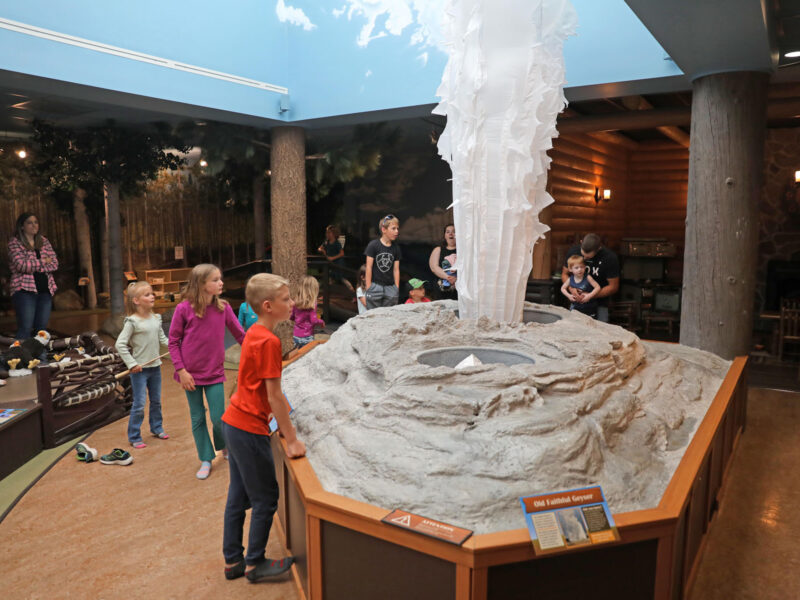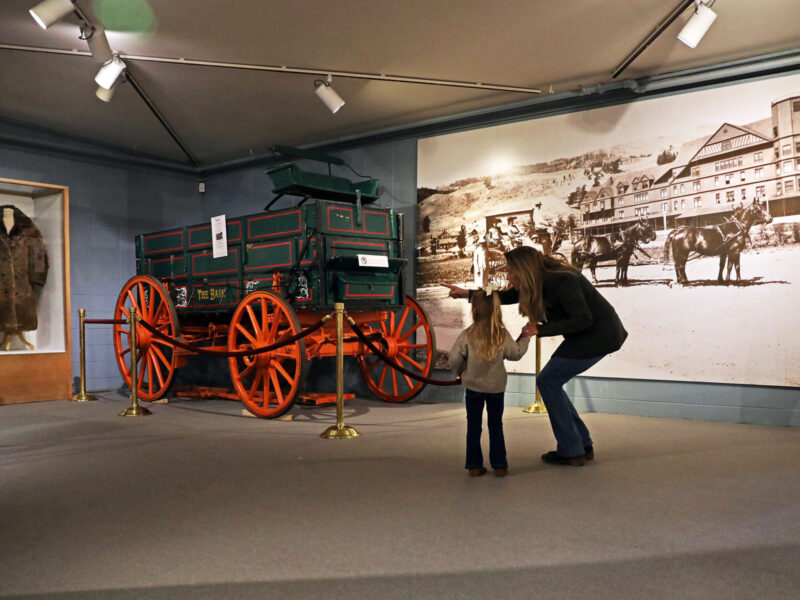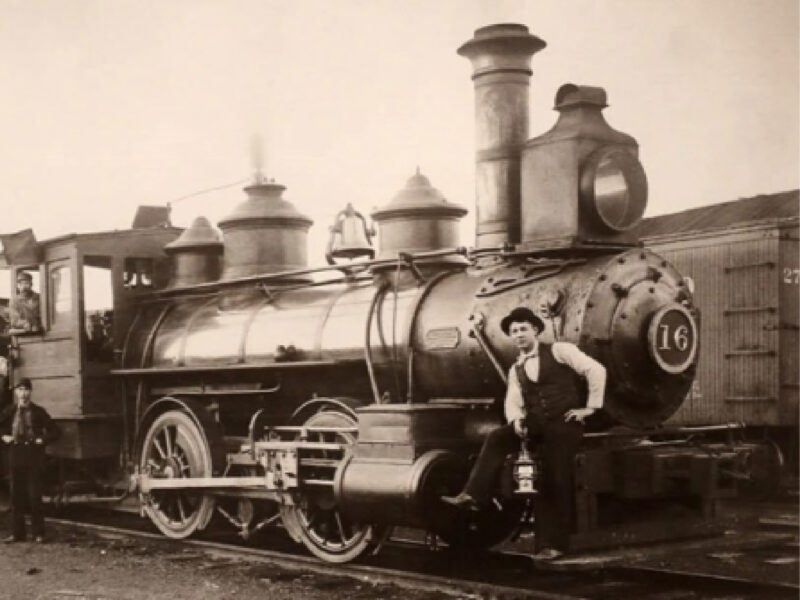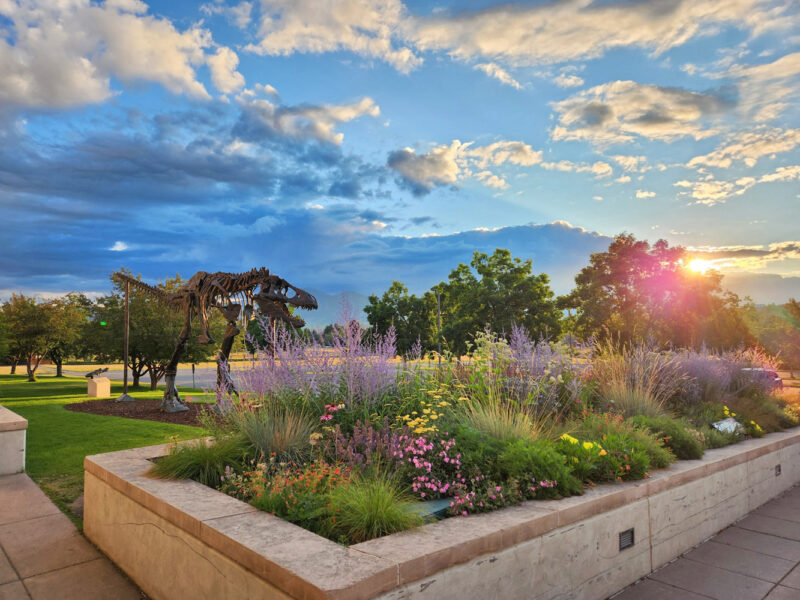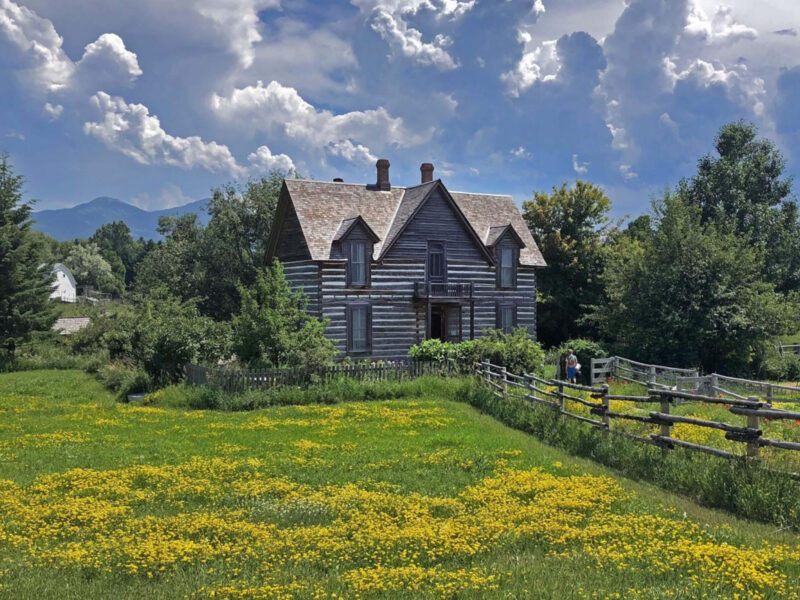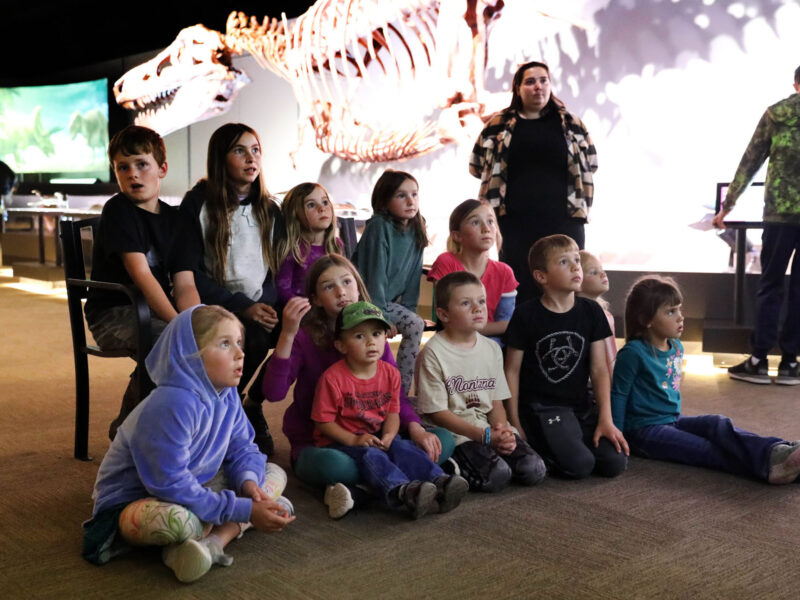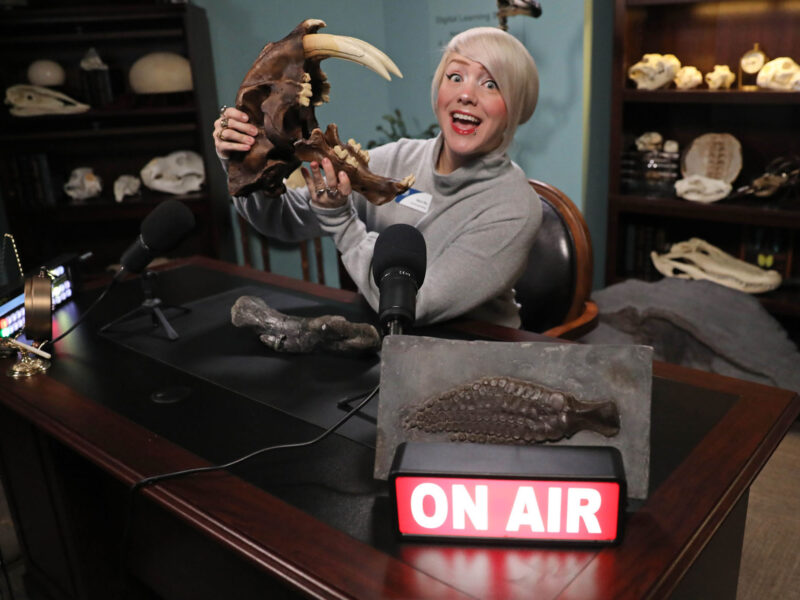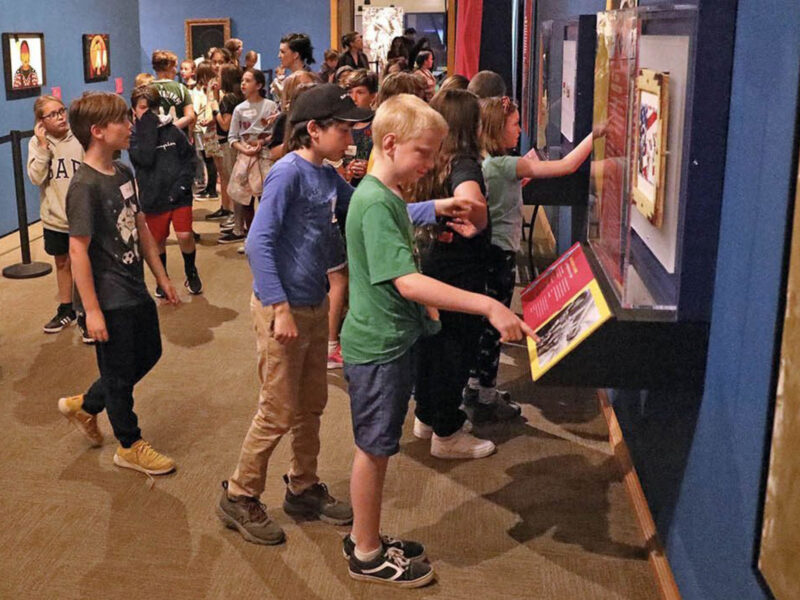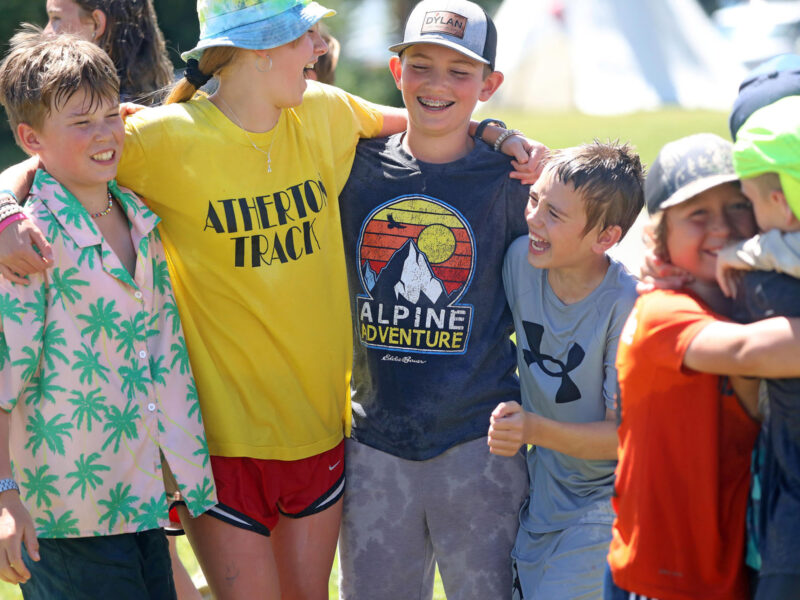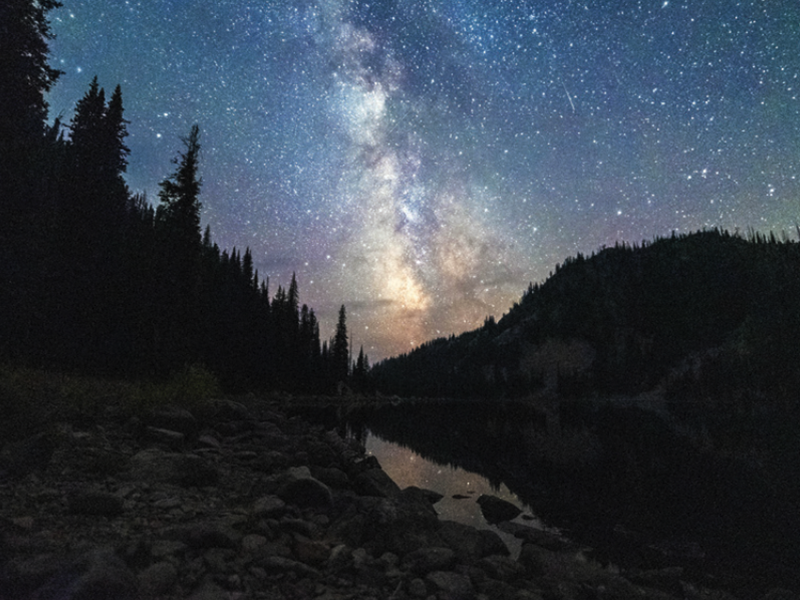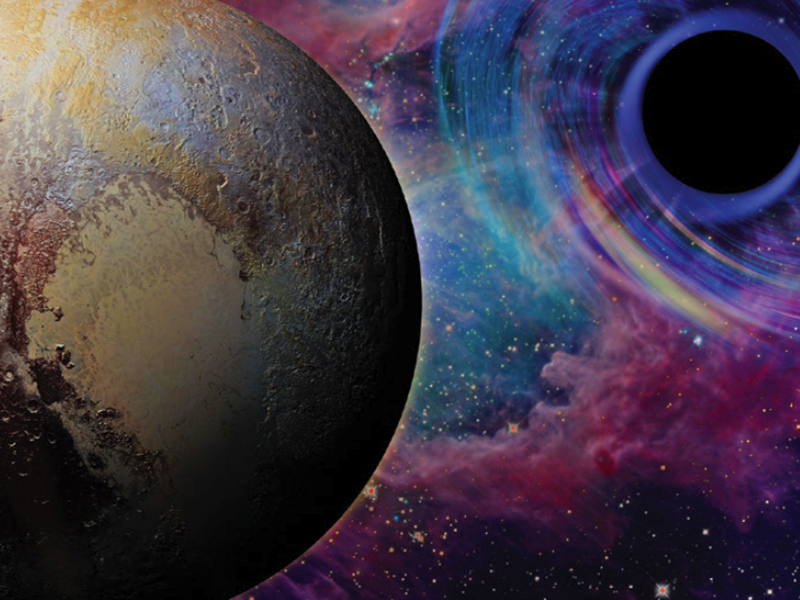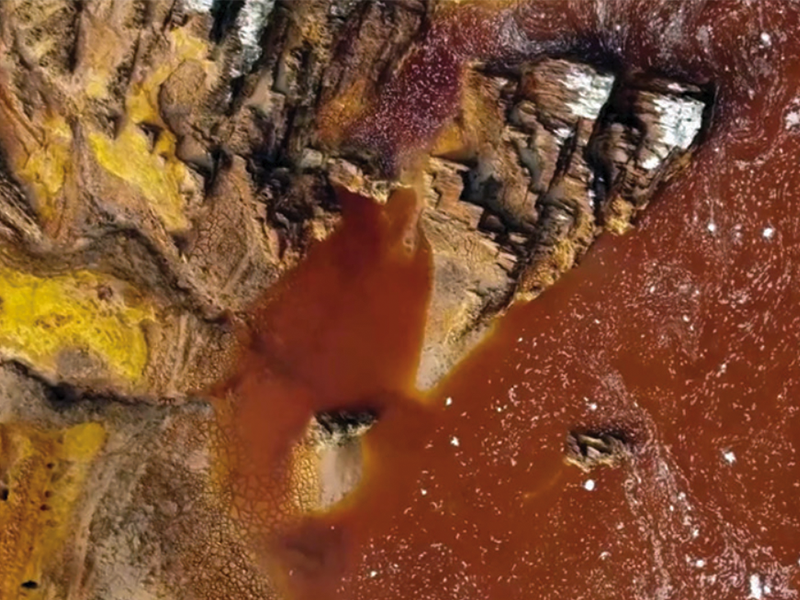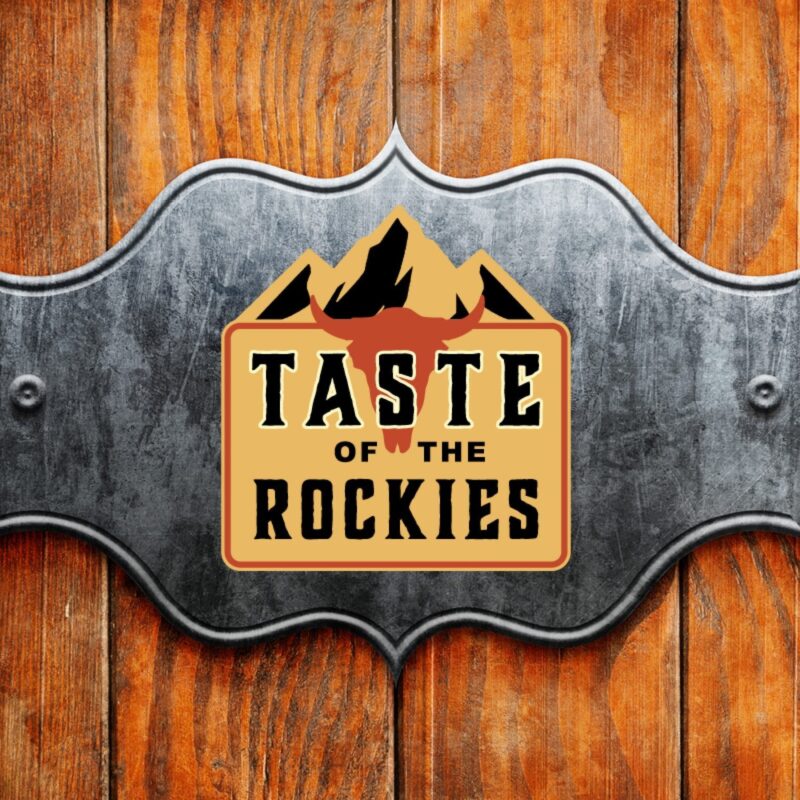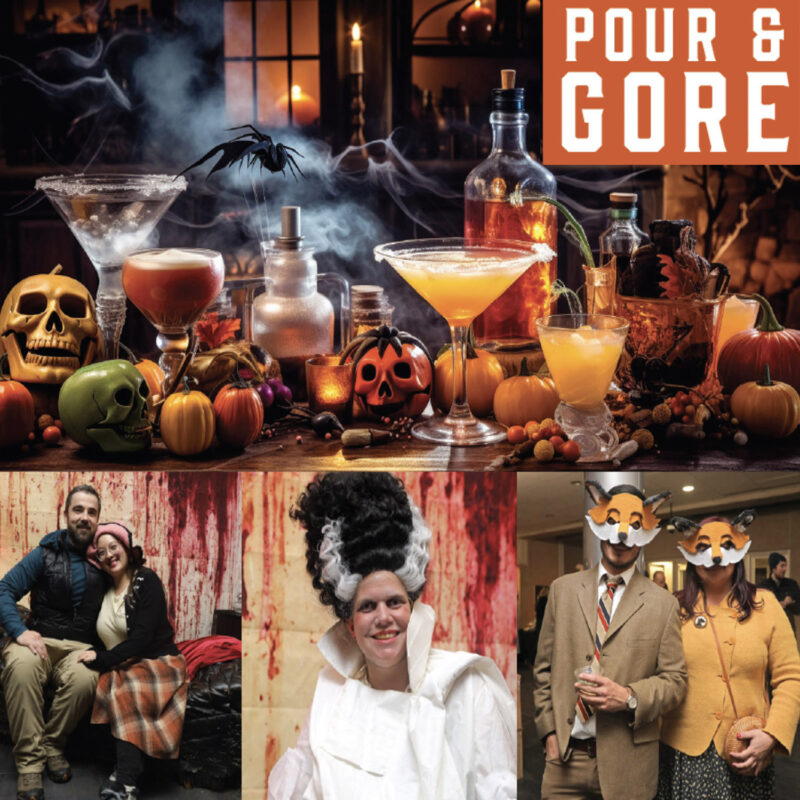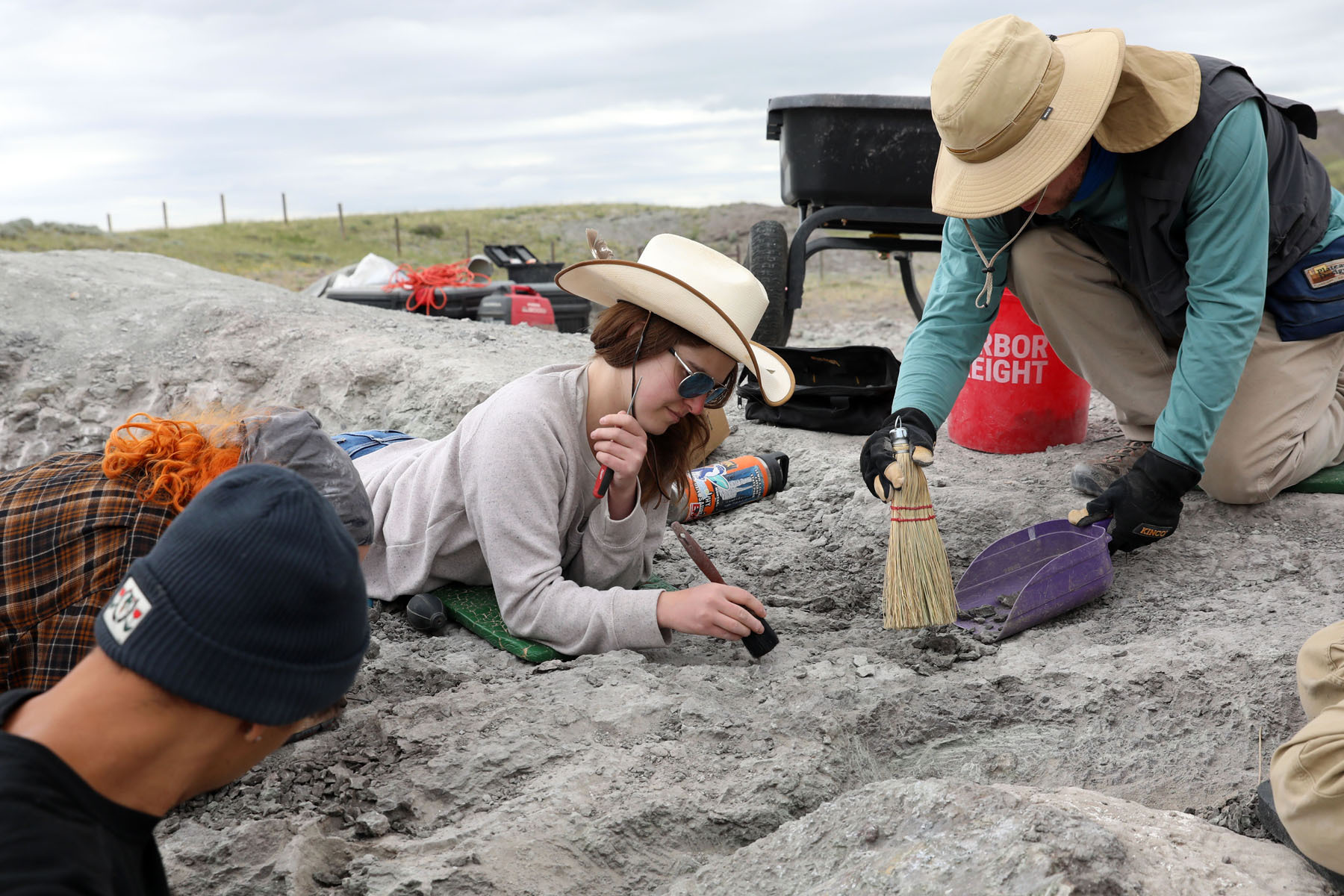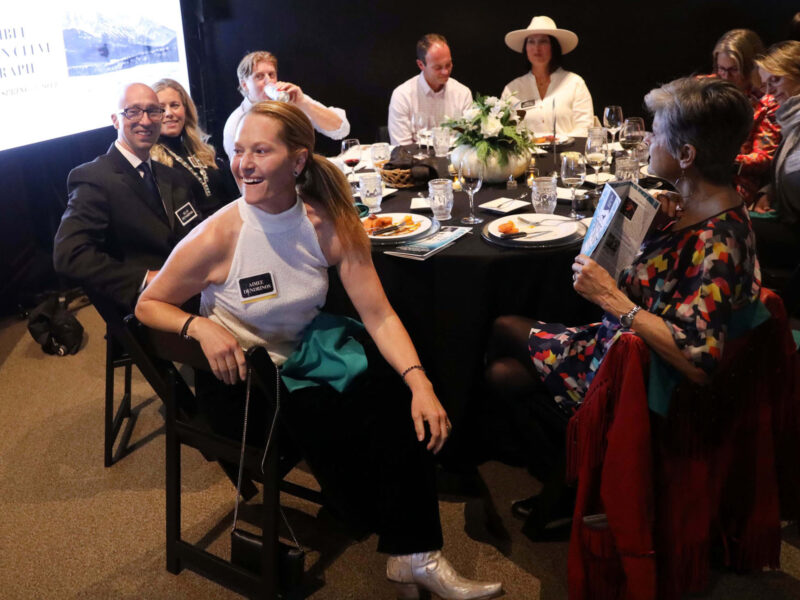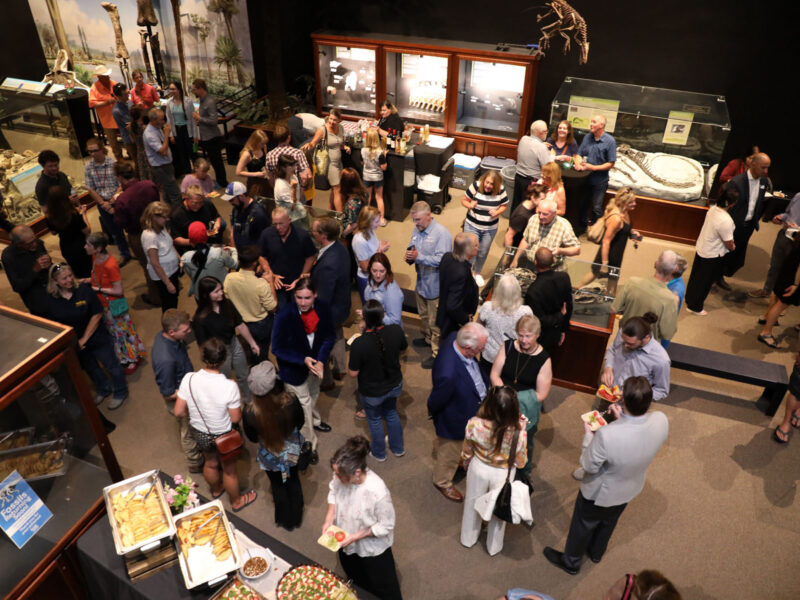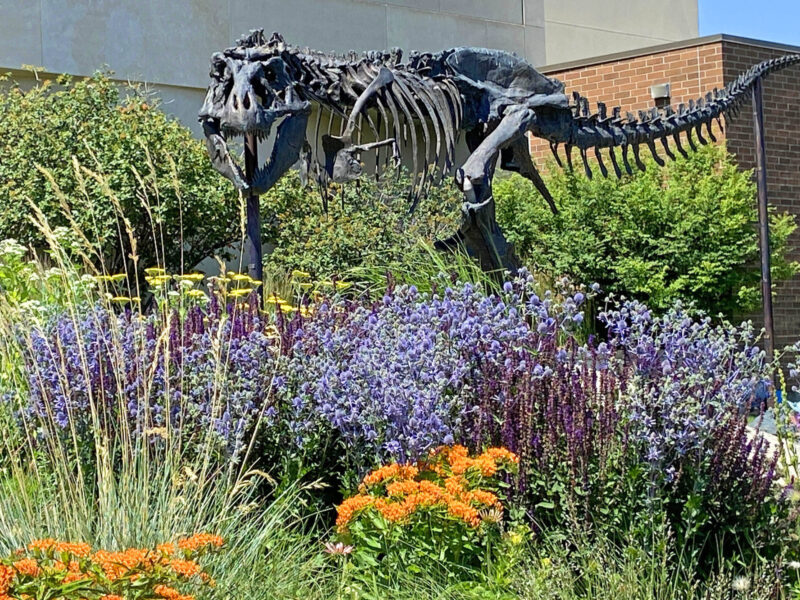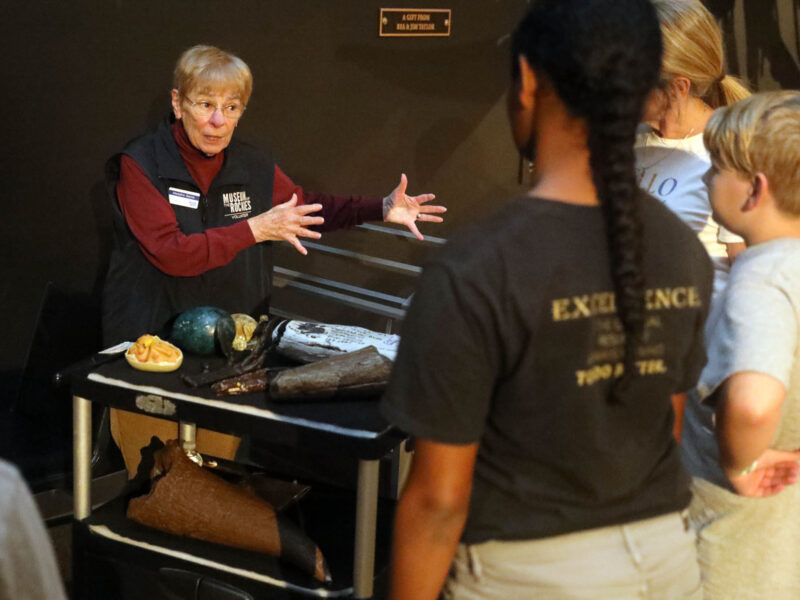Museum of the Rockies brings together a diverse team of professionals, volunteers, and dedicated board members who work collaboratively to fulfill the museum's mission. From paleontology experts uncovering Montana's prehistoric past to educators engaging learners of all ages, each department plays a vital role in making MOR a premier cultural institution.
Our staff includes specialists in cultural history who interpret the heritage of Montana, Idaho, and Wyoming; marketing professionals driving community engagement; and visitor services team members ensuring every guest has a memorable experience. Behind the scenes, our finance, development, and executive leadership teams provide strategic guidance and financial stability.
Guided by our Board of Trustees and supported by generous members, Museum of the Rockies continues to inspire curiosity, advance research, and celebrate the natural and cultural wonders of the Rocky Mountain region.


